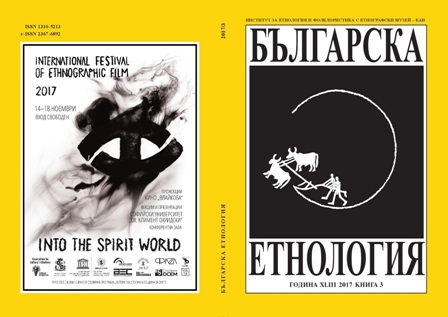
We kindly inform you that, as long as the subject affiliation of our 300.000+ articles is in progress, you might get unsufficient or no results on your third level or second level search. In this case, please broaden your search criteria.


The paper aims to define Gamers as a subculture. Based on observations of Bulgarian players and the game World of Warcraft as a main example the specifics of the group and how it differs from the mass culture are defined.
More...
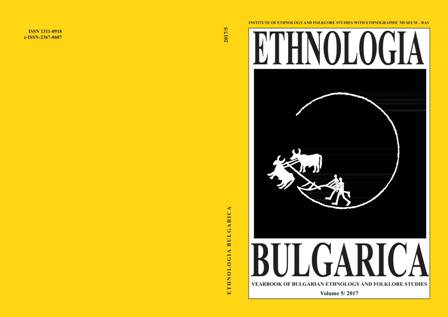
This text describes and problematizes examples of Bulgarian and foreign museums focusing on mechanisms of social involvement. Examples are united by an anthropological discourse which gives Bulgarian ethnographic museums an opportunity to expand the thematic issues of their exhibits and activities. Alternative ways to develop and use the museum as an instrument for social criticism are part of the quest of today’s ethnographic museums. At the same time, the author makes his bias towards the Ecomuseum format clear in the search for an ethnographic reading, showing that the establishment of these museums creates a connection between local communities and the museum, which makes it possible to share local identity with various audiences.
More...
The article examines various interpretations of folklore elements in Bulgarian animatedcinema as well as authors’ personal generalizations about main features of theBulgarian national character and ethos in the period from the late 1940s to these days.In the 1960s, the process, which has begun in the framework of ideological censorship,Bulgarian folklore tradition included, quickly transformed into satirical film model aiming its criticism at the Bulgarian national character. This model was based on the unconventional visual representation of folklore through the modern graphics and caricature, through the grotesque and decorative drawing. The next stage of the transformation of mythological and legendary subjects in the 1980s was related to radical neo-vanguard practices in Bulgarian animated cinema, which compared Bulgarian tradition to foreign cultures and ideas on a global scale and in a wide range– from the direct parallels in art to the psychoanalytical interpretations visualized insurrealistic stylistics.After the fall of the Berlin Wall in 1989, all aspects of Bulgarian culture experienced a crisis – institutional, financial, and artistic. One could expect that the abolishment of ideological sanctions would push artists to openly revive topics that were forbidden until then, to interpret plots from folklore that had been unacceptable until that moment, or at least would prompt a new understanding of the meaning of the national character, broadening the worldview from the 1980s. Unfortunately, nothing of the sort occurred.
More...
The article is dedicated to the travel notes on Bulgaria, Down the Donkey’s Path.Bulgarian Mosaic, written in 1978 in East Germany by the East German writer Kurt Bizalski and republished in 2001 in united Germany without any changes, explanations or supplements. Bizalski based the book on his experience in Bulgaria in 1977 when he paid an official visit at the invitation of the Union of the Bulgarian Writers.However, the Embassy of People’s Republic of Bulgaria in Berlin criticizes the travel notes, stigmatizes the author and recommends not to translate the book into Bulgarian.The Committee for State Security accuses the work in distorting the socialist reality and prevents its distribution in Bulgaria. This article presents Down the Donkey’s Path as a mobile book – restricted but not everywhere, prohibited but not completely,occupying the extra-national art space extended across the political borders within the socialist bloc from the 1970s and the 1980s. Analysing the author of travel notes as an anthropologist, Bulgaria as a field of research and the Bulgarian readers as a local critical public allows us to look at the problem of the relation between anthropology, literature and political censorship from another angle.
More...
This paper analyses the role of a village near Sofia’s football tournament and the football museum established in that same village as specific times and places of memory.The author’s interest is provoked by the fact that football occupies a significant part of the living world of the bearers of that culture; it touches them emotionally and their experiences related to it are extremely important to them. Football gives meaning to their workdays and holidays and at the same time, it becomes a kind of regulator of neighbourly and village relations. It also contributes to the adaptation of young people into modern society. The football occupations of the local people seriously influence their social life. By means of football, they provide themselves with the components of their local identity construction, which increase communal confidence and differentiate them from others.
More...
Sports and football in particular are always considered a typical male occupation,which stresses male values and where the presence of the opposite sex is regarded as unnatural. In the last decade, the European stadiums witness the unprecedented presence of women attending the football games. This leads to the conclusion that the idea of male hegemony on the stadium could be questioned. The study is conducted among women–football fans in Bulgaria. The main questions, which it aims to answer,are: What are the ways of becoming a football fan? How do the female football fans spend their time in the circles that were until recently considered male? To what extent is their behaviour on the stadium independent?
More...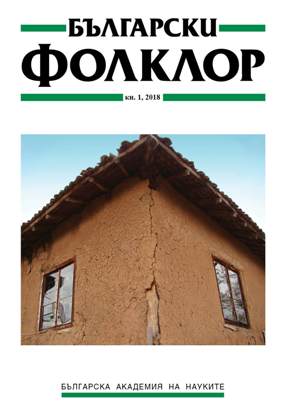
The author analyses symbolic spatial images typical for the Ukrainian folklore narratives about World War I (1914−1918), famine (1932−1933), forced deportations (1946–1947). Thus she investigates the images of landscape (forest, mountain). Special attention is paid to the objects of the closed inner space which forms the concept of home with the help of its congenial attributive characteristics (burnt empty house, evacuated burnt village, destroyed church, dug out grave). The indicated loci, on the background of the universal mythological oppositions “own” – “alien”, “here” – “there”, “old” – “new”, build up a generalized image of the character’s destroyed vital microcosm and places of his/her annihilated freedoms.
More...
Mevlid is one of the basic ritual complexes in the culture of the Turks in Bulgaria and is practiced by all Muslim communities. It is believed to be religious in nature and is an immanent part of the system of calendar and family rites. Mevlid first appears among Sufi Muslims, but soon becomes an element of the traditional Suni rites. The article follows the appearance and the diffusion of the rite and further compares Mevlid in mosque practice with its performance in the village tradition by revealing the specifics of the ritual as it is performed in the village of Gorna Hubavka, Targovishte region. The use of a text which differs from the conventional one, the appointment of specific months in the religious calendar for the performance of the ritual, the inclusion of authors songs not related to the Prophet, as well as the nature of the ritual stereotypes that are built form the local specifics of the ritual in the village. The analysis of the Mevlid and its particular local characteristics opens the possibility for the study of a very important aspect of the culture of the Suni in Bulgaria. It reveals the mechanisms of functioning of the so-called Balkan Islam which differs substantially from the high Islamic religious culture.
More...
Anniversary; Scientific Life; Scholarly Conference
More...


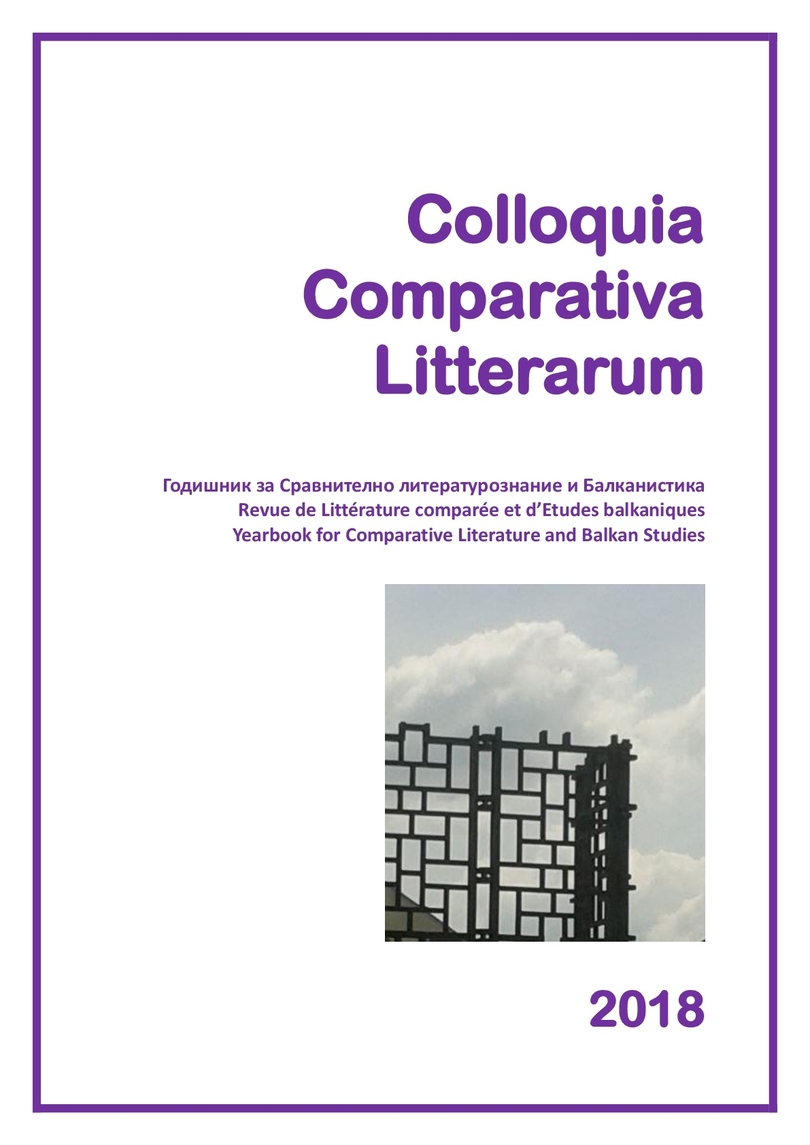
Anton Strashimirov is one of the first Bulgarian authors who wrote in the field of national psychology as early as the beginning of the 20th century. He published “A Book on Bulgarians” in 1918, and five years later, it reappeared in an expanded new edition as “Our People”. This book set the beginning of a popular discourse known as national psychology, which in Bulgaria subsisted until the late 20th century. The main body of Strashimirov's work dealt with the five principal groups of Bulgarians characterised by their different geographical location and dialects: Shops, Moesian people, Thracian people, Rhodopeans, and Macedonian people. This paper deals with the image of Thracian people (typical features of their life, psychological characteristics, and patterns of behaviour) the way Strashimirov depicted them. Anton Strashimirov's ethno-psychological research possesses beyond doubt great literary merits, but his generalisations are also interesting for exemplifying and proving the popular stereotypes which early 20th century Bulgarian writers resorted to when conceiving and constructing the national consciousness.
More...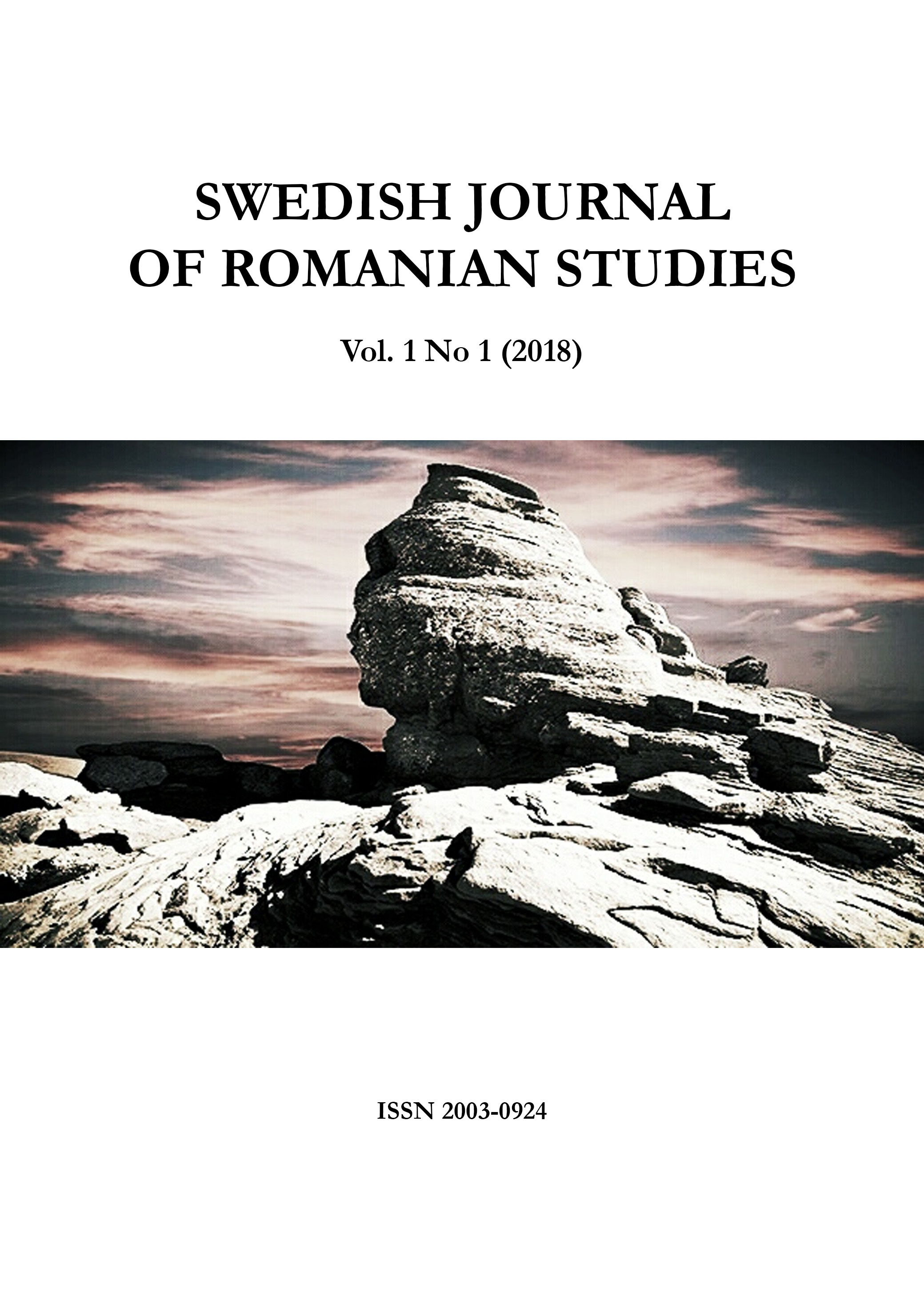
Our research follows the demonic perspective on Avestiția′s activity and life. Considered today as a demonic character, she is highlighted by an activity defined almost exclusively against the killing of a pregnant woman or a baby, through appearances that cause fright (the disease called samcă) and the disfigurement of the "touched" by the demon. Because her history is unknown, the recent popular tradition has made one, Avestiția being the sister of Saint Sisoe, a murderer of children, and hence the generation of his witchcraft activity, which is why she is punished by her brother and by Archangel Michael. Newer theories claim a Semite origin (Lamashtu and Lilith), but we come with another, a totemic one, generated by the demon's descriptions. Thus, by systematizing the researched elements, we affirm that, starting from a totem (of the bear), dethroned by the masculine cults of Dacia, deity turns into a demon and encounters the demonological semite elements, prior to Christianity in our country. Subsequent intervention of Christianity "corrects" the history of the character, turning her into a legend, when Sisoe and Archangel Michael appear. This final formula is known by Romanian ethnologists. Christian syncretism almost immediately generates the incantations of samcă and the "Book of Avestiția," a charm that reveals the name and the real history of the demon, which aroused the attention of Christian syncretism when attempting to kill baby Jesus, defrauded by Michael. Sacred folk literature describes her as an extremely dangerous being, Satan's right wing.
More...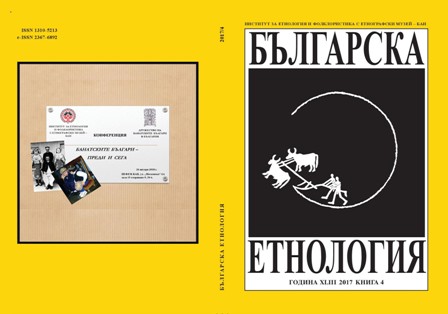

The article examines notated musical folklore collections with records from the first four decades of the 20th century kept in the Ethnographic Archive of the Institute of Ethnology and Folklore Studies with Ethnographic Museum at the BAS. The archival musical folklore collections are a documentary testimony of a folklore repertoire which existed in a certain period of time as well as of the development of the process of documentation of folklore musical materials. Two archival documents, the only ones in the musical biographies of the people who recorded them, Neno Dimov and Tsanko Tsankov, are presented and analyzed.The first document is a valuable description of the richness of the folklore repertoire of urban/rural musical environment and represents a stage of the development of the musical and folklore research and analytical work of the time. The identification of the author of the second archival collection reveals a remarkable figure of the Bulgarian musical past together with the precise and critical reading of the musical theoretician and composer Dobri Hristov in his hand-written review.The significance of this documentary material refers to the broad context of the cultural musical history and the rationalization of the processes in the development of the musical folklore studies.
More...
In the centre of this study is an album kept in the archive of the Institute of Ethnology and Folklore Studies with Ethnographic Museum – BAS. Its inventory number is 3618. The album contains eighty family photographs. The aim of the research is to reconstruct a family history by studying the memory of a Bulgarian kin in the period between 1870 and the 1930s. The fashion tendencies in clothing which stand out,the hair-styles and the studio accessories used for the photographs give information about the type of communication between relatives and friends. By summarizing the results of the analysis, the article attempts to define the social status of the individuals photographed. The aspiration of the author is by means of the photographs to look for and mark the changes which occurred in the family in the concrete period. The topic is examined in two aspects: technical – the technology of making studio and reportage photographs in this period (the paper, the photographic processes etc.); and ethnological – as a family history in certain space, time, family relations etc. Because of the limited size of the article, the emphasis is laid on the ethnographic aspect of the topic.
More...